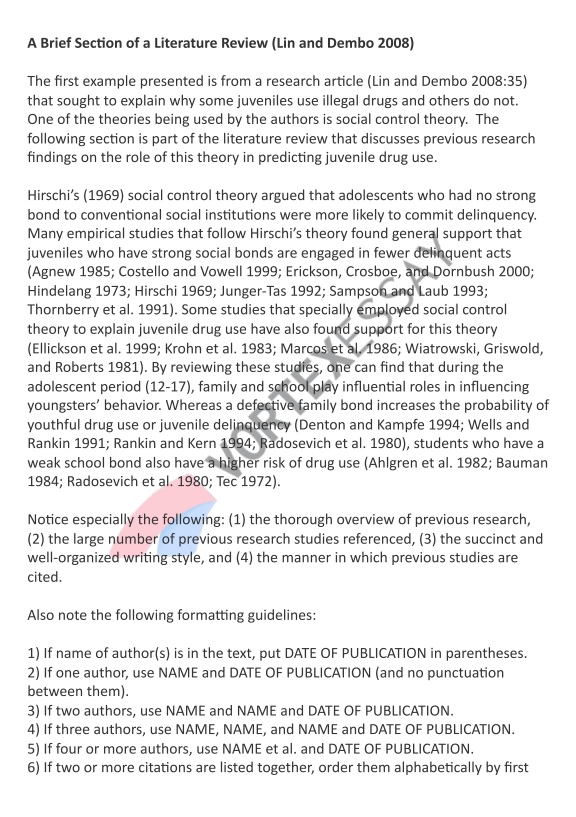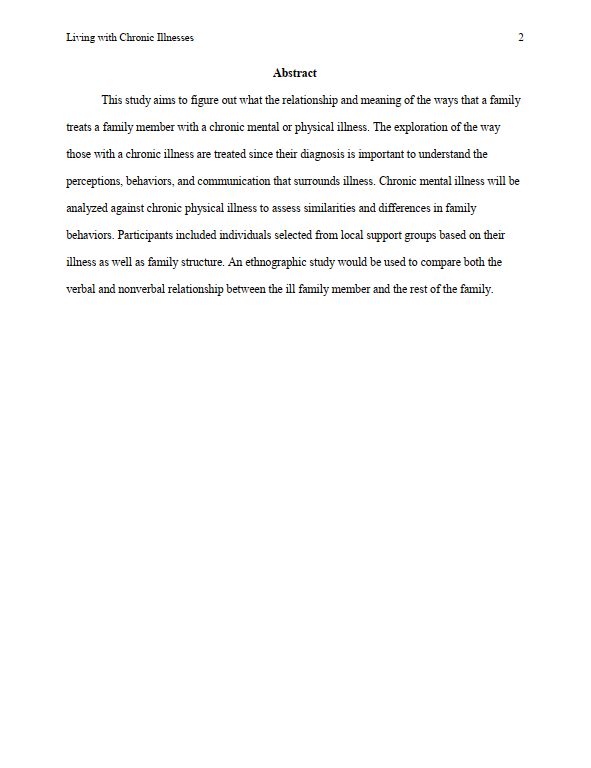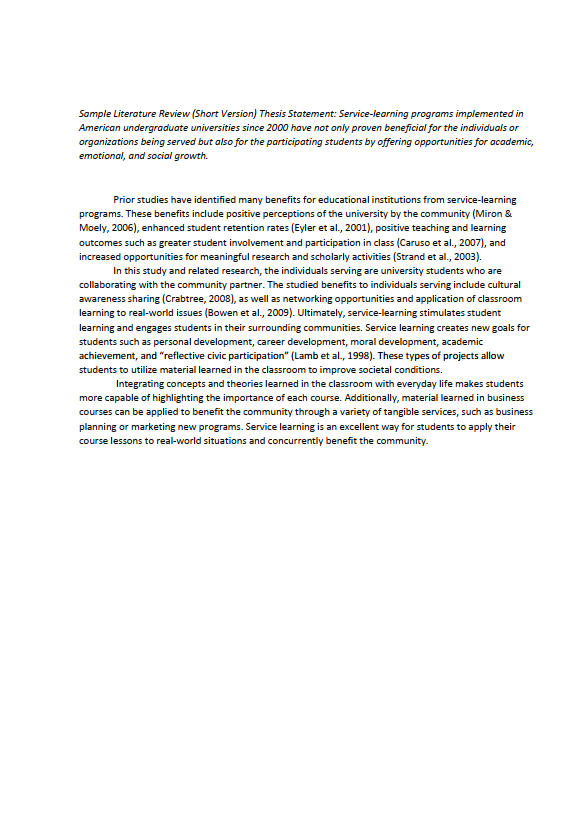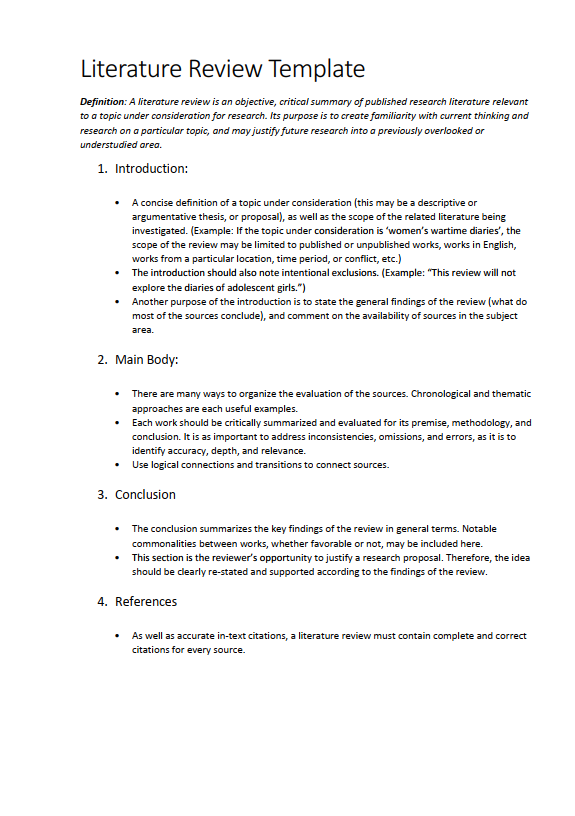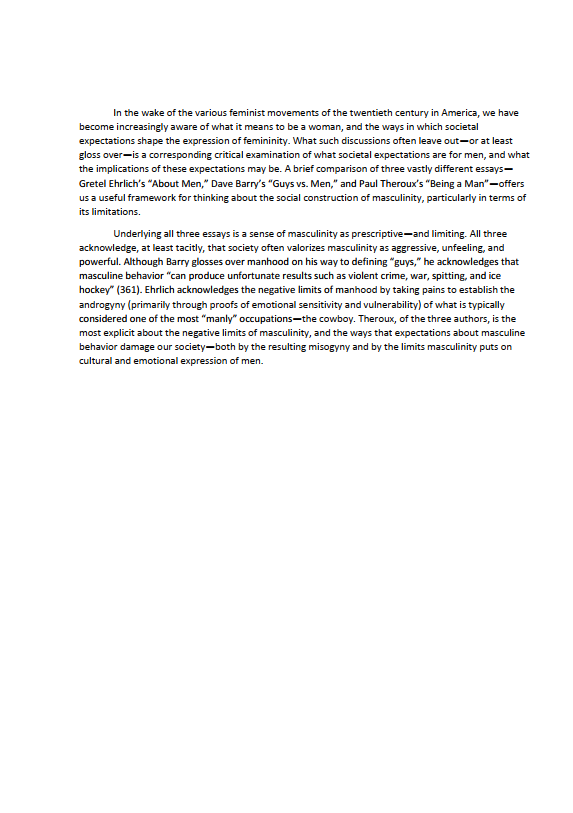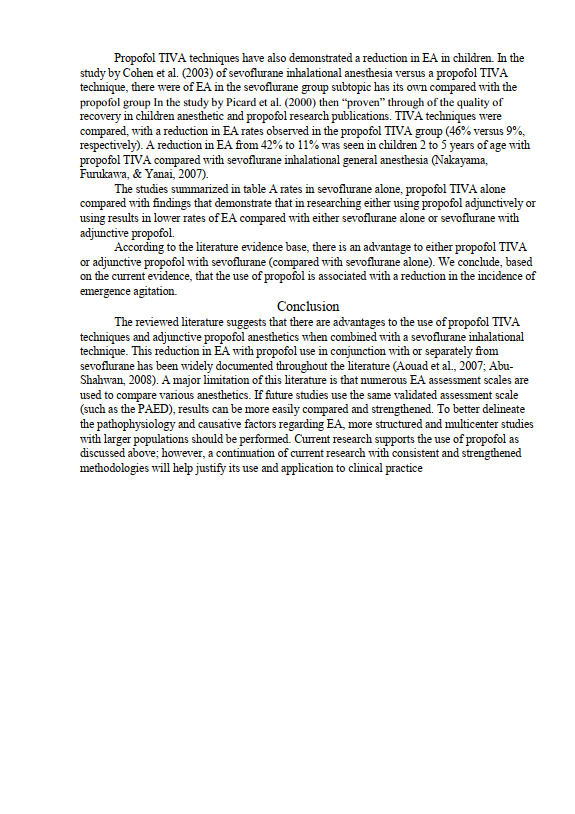Guidelines for Writing a Literature Review
A literature review is a mandatory component of any scientific work. It is considered the most difficult part of writing. It analyzes the currently existing points of view on the question that is raised in the diploma (dissertation, coursework, etc.). The author’s task is to study the views of various scientists and find a place of his work among them, to reveal its uniqueness. The literature review structure may be different. For example, several paragraphs in the introduction may be reserved for it. In other cases, it is issued as a separate chapter. It all depends on the requirements of a particular educational institution and tutor.
Literature review definition lays in both objective difficulties of the need to search, analytical processing of a large amount of literature, and the fact that the literature review is usually a sample of the pen. It is in its implementation that graduate students learn how to form their thoughts correctly.
There are three strategies for writing a literature review:
1. Find a focus
It is advisable to minimize the number of used sources. For this purpose, the subject of review should be specified. It is necessary to clarify in detail what criteria and requirements it should fit. Think about the topics or problems link your sources together. Write about the solutions they represent. Write about how they present the material. Match the information and its correspondence with the theory. Uncover the trend that literature review represents in the study area.
2. Give it on to your reader
Your reader should be aware that there is no traditional thesis statement in the literature review – he should know what to expect. You should present a simple statement, the role of which is to make the reader understand what your main organizational principle is.
3. Pay attention to organization
There are two basic concepts of writing an APA literature review:
- In the chronological order, the materials are presented in the context of historical development. The most important hypotheses and their authors are indicated, conflicting trends are characterized, and the writer’s contribution to the overall picture is disclosed;
- The logical order involves writing subsections devoted to the description of the studied object, the characteristic of the relationship with related fields of science, the importance for the society.
Required Components for a Review
- You should focus on the relevance of the subject of men psychology and masculinity. Describe the relevance and importance of the literature review;
- Write out a critical review of the previous theory. Point out the problem, and contradictions. Do not forget about the strengths and prospects;
- Make a review of the previous empirical studies. Point out the link with the topic;
- Analyze the author’s interpretation of the data and the actual empirical ones. Find the connection and the differences. Write down the accuracy of the author’s results;
- Discuss all studies from a methodological point of view. Tell about their impact on new and future research;
- Raise provocative questions. Try to touch on topics that were not previously discussed in the sources;
- Make a review. Contribute to research in this area.
Synthesize the Literature Prior to Writing Your Review
We provide the Top-tips, using which you will make a perfect final review:
- Think about the goal before you start writing. You must correctly provide an overview of the topic you are interested in. Show your vision of the key works and the author's concepts. A literature review should demonstrate proficiency in the subject and area under study;
- The plan notes collecting. Arrange the findings and make a unique analysis. Track your argument and create an appropriate literature review outline for the topic. Explain your thesis and argument;
- Write down your notes so that they match the argument;
- Point out the differences between the studies in each heading;
- Look for obvious gaps and point out points that require any additional research;
- Plan more – the ratio of research and theories;
- Summarize more, present conclusions and future directions for the research.
Revise, Revise, Revise
So, the work is done, and the review is written. But now you need to check the entire study completely:
- Were all of the review requirements met during the study?
- Is the review topic fully disclosed?
- Are the narration and paragraph transitions logical?
In order for the work to find its recognition, it is worthwhile to look at your own creation once again. The topic should be relevant. The review should address clearly identified issues. It is important to ensure the competence and relevance of the selected sources. It is best to use modern sources. The information in them will be as close to the current state of the problem as possible. Often, a literature review is just a part of a huge work, including research.
Reread your review thoroughly two or three times. It will be better if you check it in several days. Make sure that everything corresponds to the requirements. Review the terminology and make sure it is familiar to your audience. Check the work and exclude any slang usage. It is important to review the format of work. Its goal is to resolve contradictions, so a properly written review will give a new impetus to further research.
Examples of Literature Reviews
Here you will find the best literature review example. You may use it creating your personal review.
Examples of literature reviews in apa


